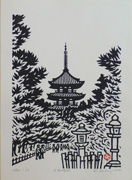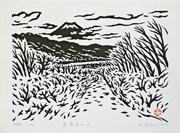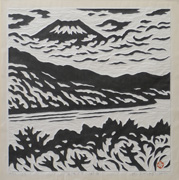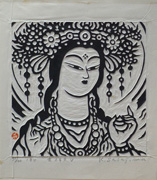Near Shinjuku Station, 1954
IHL Cat. #2147
Woman reading a book (untitled),
c. 1955
IHL Cat. #1701
IHL Cat. #1544
| IHL Cat. #1389 | IHL Cat. #1588 |
Biography
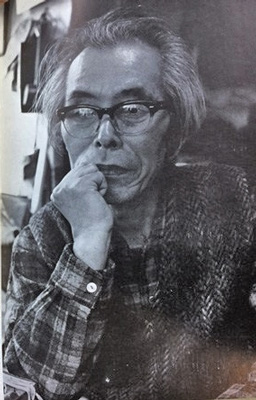 | Born on April 22, 1906 in the famous pottery town of Mashiko in Tochigi Prefecture about 85 miles north of Tokyo, Sasajima developed an early love of drawing but took no formal training until he moved to Tokyo in 1927 to attend Tokyo Prefectural Aoyama Normal School (now Tokyo Gakugei University). After taking a sketching course in college he “fell in love with art.” Finishing college he started teaching elementary school which he continued to do until 1945, using his free time to study oil painting, calligraphy and drawing. His first known contact with print making came in 1935 whenhe attended a course for teachers given by one of the leaders of the sosaku hanga movement, Hiratsuka Un'ichi (1895-1997). Sasajima’s interest incalligraphy gave him experience with composition using only black and white, astyle favored by Hiratsuka in his prints. A few years later, the famous mingei potter Shoji Hamada (1894-1978)who had moved to Sasajima’s hometown in 1924, introduced him to Munakata Shiko(1903-1975) who Sasajima described as “a genius” although “not a very goodteacher.”1 After studying with Munakata, Sasajima dedicated himself to printmaking and in 1940 he first exhibited at the Kokuga-kai(National Picture Association) exhibition. |
After giving up his teaching job in 1945, Sasajima devotedhimself entirely to prints and by 1948 he was sufficiently well-known to becommissioned by the Mitsukoshi Theater (MitsukoshiGekijō) to create a series of Kabuki prints for their productions. A number of these prints are part of TheLavenberg Collection including both black and white works and prints whereSasajima has hand-applied bright primary colors by brush to the back of theprint, resulting in a very subtle coloration when the print is viewed from thefront. This is a technique that helikely learned from Munakata Shiko who employed this technique on a number ofhis own prints.2
In 1949 Sasajima created a book of prints based on Chikamatsu's play written in 1721, The Woman-Killer and the Hell of Oil (Onnagoroshi abura no jigoku 女殺油地獄) which he submitted to the 23rd Kokugakai (National Picture Association) exhibition.
In explaining how he was trying to achieve his own style,after studying with two distinctive print-making artists, Sasajima told OliverStatler in 1955: “My problem now is to stand on my own. I want to try to find a Japanese expressionfor the Japanese. It’s lamentable thateverybody is traveling the same path. You can’t tell whether much of the work is done by a Japanese or aWesterner.”
In 1948, Sasajima became a member of the Nihon Hanga Kyōkai (Japan Print Association) but left that group to join Munakata in 1952 to form the Nihon Hanga-in (Japanese Woodblock Print Academy). He became internationally known through the publication of Statler’s 1956 book Modern Japanese Prints: An Art Reborn, his participation in the 1957 exhibition of contemporary Japanese prints in Yugoslavia and his participation in the Tokyo Biennales starting in 1957. He was a long-time contributor to the annual print exhibition of the College Women’s Association of Japan (CWAJ) and his work was including in their celebratory 60th anniversary show in 2015.In commenting on Sasajima’s work, Statler wrote:
“Sasajima has made some small color prints, usuallyrestricting himself to three or four colors, but most of his work in in blackand white. He uses a line that is longerthan Hiratsuka’s and closer to the brush stroke. He believes that this has been derived fromhis study of Munakata, calligraphy, and the nangapainters of both China and Japan…”
In 1959 he became ill and lost the strength to rub theimpression into the paper with the traditional baren. As a result, and inspired by stone-rubbing, he developed anew technique called takuzuri whichconsists of forcing paper into a deep-cut block with a press and dabbing theraised areas with ink by use of pads.3
In Images of a Changing World: JapanesePrints of the Twentieth Century, the takuzuritechnique is described in some detail as follows:
Hecuts his blocks in the usual way, then seals them with a water resistantvarnish. He dampens a thin but strongwhite sheet of paper with a mixture of cellulose glue and water, then placesthe dampened paper on the cut woodblock, and runs it through an etching presswith heavy felt blankets. This forcesthe paper into all the cut depressions in the block. He allows the paper to dry on the block. Then, with a dabber lightly charged with ink,Sasajima hand applies the ink to what would be the back of the paper if theblock had been inked, rather than the paper. He controls the amount of ink by visual inspection and allows the dabberto leave its mark, as in a rubbing. After the ink is dry, the paper is lifted from the woodblock. The ink has been absorbed into the raisedportions of the print, allowing the cutout areas of the block to show in thepaper as white depressions. The printsmade by this method have a rich tactile surface and a 3-dimensional quality.4
From 1962 he worked primarily on religious themes, including manyexplorations of Mount Fuji, the Sacred Mountain, and various Buddhist deities.His book of essays on art, Sasajima Kihei gabunshū, Ichijin (笹島喜平画文集・一塵), was published by Tokyo publisher Bijutsu Shuppansha in 1967.
Sasajima experienced numerous health problems in the 1970s, including stomach ulcers, and passed away from respiratory failure at the age 87 on May 31, 1993. During the last twenty years of his life, his work was both exhibited frequently, including shows at the Takashimaya department store in Tokyo, and published in books, such as the 1980 publication from Kodansha, 笹島喜平版画集 Collection of Prints by Kihei Sasajima. In 1990, Sasajima was chosen by Tochigi Prefecture as a Person of Cultural Merit, winning the Lifetime Achievement Award.5
Artists who studied with Sasajima include Ōhashi Hiroaki 大橋弘明 (1931-?), Tani Akira 谷光 (1920-?), Kimura Yoshiharu 木村義治(b. 1934), Hirota Shigeru (1938-?) and Kaneko Kunio 金子邦生 (b. 1949).Today the artist’s work can be seen at the Mashiko Museum ofCeramic Art, Sasajima Kihei Hall and in the collections of many museumsincluding the British Museum, Hamamatsu Municipal Museum, Japan; OxfordUniversity, England; Berlin Oriental Art Museum; National Museum ofModern Art, Tokyo; National Museum of Modern Art, Kyoto; National Museum of Art, Osaka; Boston Museum of Fine Arts; Tochigi Prefectural Museum; The ArtInstitute of Chicago and the Harvard Art Museum.
Sasajima Kihei HallSource: http://www.mashiko-museum.jp/en/sasajima/index.html
Sasajima Kihei Hall features prints by Kihei Sasajima, a Mashiko-born printmaker. He studied under Shiko Munakata (1903-1975), a printmaker representative of modern Japanese art. Sasajima dedicated his life to black-and-white prints created in “Takuzuri”, his own technique of relief printing. Here at the Museum, we have collected nearly 300 prints and 200 sketches. We switch works once or twice a year, and hand-select approximately 20 pieces each time.
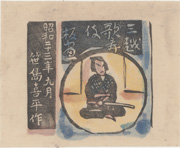

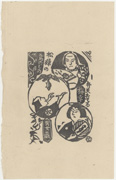
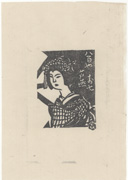
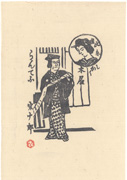

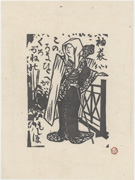
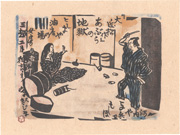
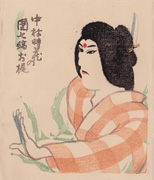
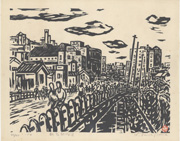
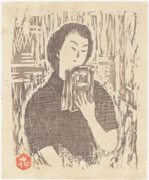
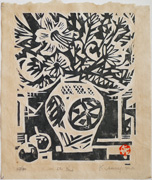
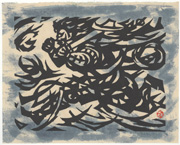
![Wind God [Fūjin]](sasajima-kihei-1906-1993/Sasajima Wind God Fujin ihl cat 1526 thumb web.jpg)
![Thunder God [Raijin] from the portfolio Woodblock Prints by Kihei Sasajima](sasajima-kihei-1906-1993/Sasajima Raijin (god of thund-df8100abeee00096.jpg)
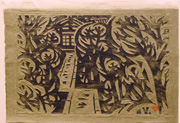
![Guardian of the South [Zōjōten] from the portfolio Woodblock Prints by Kihei Sasajima](sasajima-kihei-1906-1993/Zojoten (guardian of the sout-bcfbecf7cf7c53e6.jpg)
